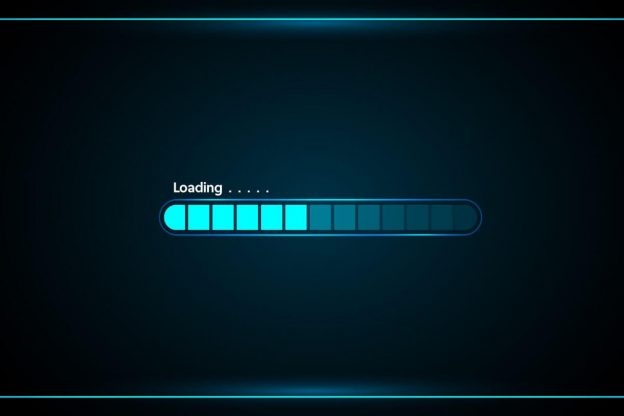Officially added as a ranking factor in 2021, Largest Contentful Paint (LCP) is one of Google’s Core Web Vitals — the metrics by which the search engine measures user experience. Specifically, LCP measures how fast a page loads. In essence, the tool analyzes the load time of the page’s largest content element.
Content types that LCP may measure include:
- Background images
- Video thumbnails
- Images
- Block-level HTML elements such as paragraphs
- Headers

